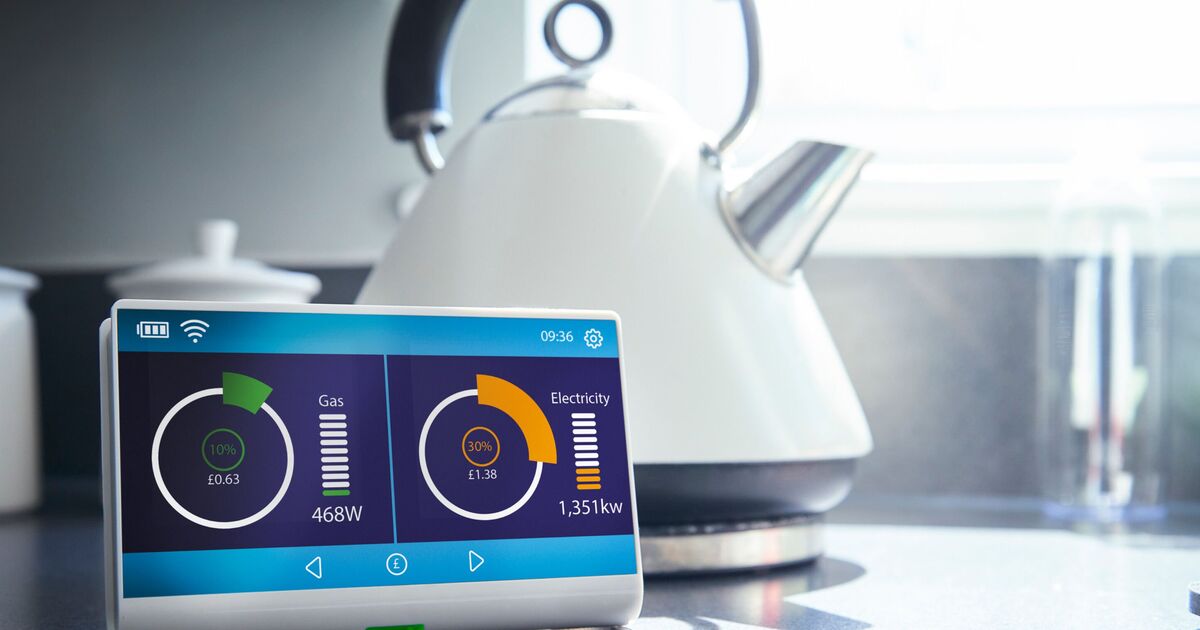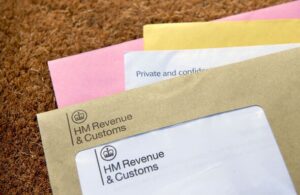
UK residents are being given a one-day notice to take an energy meter reading before bills rise nationwide. This follows Ofgem’s new price cap, set to be implemented on January 1, which will increase from £1,717 a year to £1,738.
However, it’s crucial to remember that your bill may fluctuate based on your energy consumption – this figure is for the average household paying by direct debit. If you’re protected by the price cap and don’t have a smart meter, it’s vital to take a meter reading on December 31.
This ensures that your supplier isn’t charging you higher rates for energy usage before the price cap update. uSwitch advises: “To avoid the higher price cap which comes into effect on 1 October, households on standard variable tariffs (SVTs) who don’t have a smart meter should record and submit their meter readings before Tuesday. Those on SVTs without a smart meter who fail to submit meter readings on or around 1 October risk having some of their usage estimated and possibly charged under the new higher rates.
“A fixed tariff could help households avoid peak winter rates and give financial stability for at least a year. Some of these deals are up to 7 percent below the predicted October price cap.
“The difference between a week’s worth of energy at October’s rates compared with September’s is £18.81 for the average household. Therefore, if those ten million households didn’t submit a reading by 1 October and their usage was estimated, just a week’s worth of energy at the more expensive rates could see them overpaying by £186 million in total.”
If your meter has two rows of numbers, both readings will need to be noted down. Citizens Advice advises that if the pointer is between two numbers, note down the lower number, or if it’s between nine and zero, write down nine.
If the pointer is directly over a number, jot that number down and underline it – then, check the dial to the right. If the pointer on that dial is between nine and zero, reduce the number you’ve underlined by one.
Any red dials can be ignored. For those with a digital metric meter, you only need to record the first five numbers from left to right, ignoring any numbers after the decimal point.
If you have a digital imperial meter, simply read the four black numbers and disregard the two red ones. The process for reading dial gas meters is similar to that of dial electricity meters, but there’s no need to underline any numbers where the pointer has landed directly on it. If you’re using a smart meter, you can skip the meter reading next week as these devices automatically send your usage data.



















